The Yo-Yo Test in Cricket | Fitness Benchmark for Modern Players
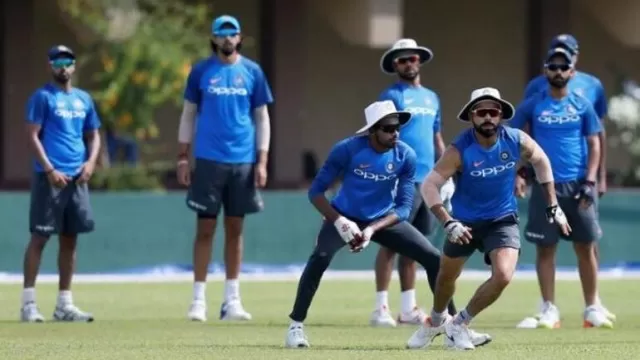
In modern-day cricket, fitness plays as crucial a role as skill and technique. The growing pace of the game, the rise of limited-overs formats, and the need for quick reflexes have pushed physical conditioning into the spotlight. Among the many fitness assessments used worldwide, the Yo-Yo Test has emerged as the gold standard, designed to measure endurance, stamina, and recovery ability in players. It doesn’t just test how long a cricketer can last, but also how quickly they can bounce back between high-intensity efforts.
Over the years, the Yo-Yo Test has evolved into more than just a fitness drill—it has become a decisive factor in team selections. From international stars to domestic hopefuls, every player must prove their physical readiness by meeting the required benchmark. For many, clearing this test represents discipline, dedication, and the mental toughness needed to thrive at the highest levels of the sport. Simply put, passing the Yo-Yo Test is often the first step toward earning a place in modern cricket.
What is the Yo-Yo Test?

The Yo-Yo Test is a high-intensity aerobic endurance challenge designed to measure a player’s stamina and fitness under pressure. In this test, athletes run back and forth between two cones placed 20 meters apart, guided by timed beeps played on an audio device. At the initial stages, the intervals between beeps are longer, allowing players to pace themselves comfortably. However, as the test advances, these intervals get shorter, requiring participants to increase their speed to keep up with the rhythm.
What makes the Yo-Yo Test unique is that it doesn’t just test raw speed—it evaluates a player’s overall endurance and ability to recover quickly between sprints. Each run pushes the body closer to fatigue, simulating real match conditions where repeated bursts of energy are essential. By analyzing how far a player can go before exhaustion, the test provides coaches with a clear picture of their fitness levels, making it one of the most reliable benchmarks for modern athletes, especially in cricket and football.
How to Do and Measure the Yo-Yo Test?

To conduct the Yo-Yo Test, two cones are placed exactly 20 meters apart on a flat surface. Players must run back and forth between these cones in synchronization with beeps played on an audio recording. After every 40-meter shuttle run, players get a short recovery period of 10 seconds before the next set begins. As the test progresses, the beeps get closer together, forcing players to increase their pace with each level.
The test is measured by the level and number of shuttles completed before a player fails to reach the cone in time with the beep on two consecutive occasions. Each completed shuttle corresponds to a score that can be compared with set benchmarks for different teams or fitness programs. The higher the level achieved, the greater the player’s aerobic capacity, endurance, and ability to recover between high-intensity sprints.
Why is it Important in Cricket?

The Yo-Yo Test is a high-intensity aerobic endurance assessment where players run repeatedly between two cones placed 20 meters apart. The runs are performed in synchronization with beeps played on an audio device, making it a progressive challenge as the test continues.
As the levels advance, the time interval between the beeps becomes shorter, pushing players to run faster and cover the distance in less time. This not only measures their speed and stamina but also evaluates how efficiently they can recover between sprints, making it a true test of endurance and fitness.
Yo-Yo Test Standards
The benchmark for the Yo-Yo Test is not universal and often varies depending on the country, sporting discipline, and the fitness philosophy of individual teams. In cricket, for example, the Indian team has made the Yo-Yo Test a critical part of its selection process. Over the years, they have set a minimum standard of around 16.1 to 16.5 as the qualifying range. Players failing to meet this benchmark are usually deemed unfit for international competition, underlining how important endurance and recovery have become in modern-day cricket.
On the other hand, some international teams have pushed the bar even higher, expecting players to hit significantly tougher scores that emphasize peak cardiovascular endurance. Achieving a score above 19 is generally recognized as a mark of exceptional fitness and stamina, something only elite athletes are able to accomplish. Such high standards demonstrate the growing focus on athleticism in cricket, where speed, recovery, and resilience often make the difference between good and great performances on the field.
Cricketers and the Yo-Yo Test

Several world-class players such as Virat Kohli, MS Dhoni, and Babar Azam have emphasized the importance of the Yo-Yo Test in their training routines. Virat Kohli, in particular, is often cited as a role model for his incredible fitness levels and consistency in achieving top scores.
The Yo-Yo Test continues to be a vital yardstick in cricket, ensuring that players not only possess talent but also the physical endurance to excel at the highest level. In today’s competitive cricketing landscape, fitness truly separates the good from the great.
Also Read: Asia Cup T20I History: Top 5 Lowest Team Scores Ever
Disclaimer
Possible11 is a sports news platform that provides live scores, player statistics, and tournament updates for informational and educational purposes only. We comply with the Online Gaming Bill, 2025 (India) and do not promote or engage with fantasy sports, betting, or real-money gaming platforms. All content is intended solely to enhance the sports experience. Possible11 is not affiliated with any fantasy or gambling applications and is not responsible for any financial gains or losses incurred on external platforms.


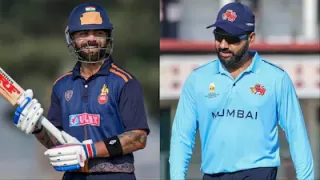
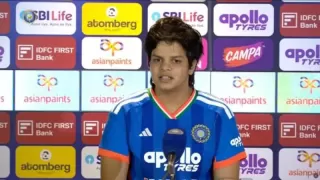



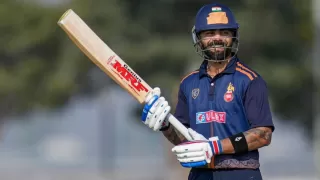
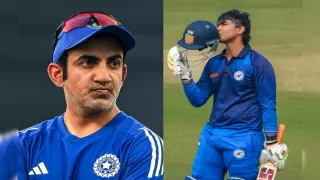



Give Your Feedback